Artificial Intelligence is reshaping industries worldwide, and Australia is no exception. From healthcare to finance, businesses and tech companies are leveraging AI to drive innovation and gain a competitive edge. However, as AI developments become more sophisticated, they raise complex legal questions that are yet to be fully addressed, particularly around intellectual property (IP) ownership.
So the question is: who truly owns AI-generated inventions? Can AI own intellectual property?
This critical question sits at the crossroads of technology, law, and innovation in Australia. n this article, we’ll explore the key arguments and considerations surrounding the complex issue of AI ownership.
The Role of Australian AI Laws in Shaping Tech Development
Around the globe, AI laws and regulations are still in their infancy, with many countries yet to establish comprehensive legal frameworks for governing AI. In the United States patent law currently mandates that only human inventors can be recognized, prohibiting the patenting of inventions created entirely by AI. However, inventions developed with AI assistance, where a human inventor is involved, may still qualify for patent protection.
However, Australia is one of the few nations that have taken proactive measures to shape the development and use of AI technology within its borders. The Australian government’s approach to AI regulation is guided by principles of responsible innovation, privacy protection, and ethical considerations.
Australia doesn’t have specific laws for AI yet, unlike Europe with its AI Act. Instead, the federal government has put out some guidance notes and standards for AI. These include the Office of the Australian Information Commissioner’s guidance on privacy and generative AI, as well as the Department of Industry, Science and Resources’ Voluntary AI Safety Standard.
Here are the main points of the privacy and generative AI guidance:
- Understanding the privacy implications of AI: Organizations must consider how generative AI affects privacy, including data usage, biases, and re-identification risks.
- Data protection principles: Organizations must follow key data protection principles–collect only necessary data, ensure it is accurate, and protect it from unauthorized access.
- Transparency and consent: Transparency is key when using generative AI, ensuring individuals know how their data is collected, used, and shared. Organizations must secure clear consent before using personal information for AI models.
- Data protection by design and default: This principle highlights integrating privacy and data protection into new technologies like generative AI, using methods like pseudonymization and data minimization.
- Accountability: Organizations should ensure accountability for personal data in generative AI by implementing protection policies, conducting audits, and enabling individuals to exercise their rights.
AI and Ownership of Intellectual Property
At the heart of the debate is whether an AI system can be recognized as an “inventor” under Australian patent law. Traditional patent systems are designed to protect the rights of human inventors, but what happens when an AI algorithm generates something unique and useful with minimal human intervention?
In Australia, patents are granted to the “inventor” of an invention, defined as a person who devises or contributes to the creation of an invention. This definition explicitly excludes non-human entities, meaning that AI systems cannot currently be recognized as inventors.
How about AI-assisted inventions?
AI-assisted innovations present a complex challenge when it comes to patents, raising important questions about ownership and intellectual property rights.
Many countries, including Australia, have not yet addressed this issue in their patent laws. However, some jurisdictions like the United States and Europe have started to develop guidelines and policies for patenting AI-assisted inventions.

In the US, the Patent Office has stated that patents can be granted to inventions where a human is listed as an inventor and an AI system is listed as a contributor. This means that if a human played a significant role in creating or developing the invention, they can still be recognized as inventors even if they used an AI system in the process.
Similarly, in Europe, the European Patent Office (EPO) has also stated that an invention can be patented if it involves an inventive step and is not merely a result of computer programming. This means that even if an AI system was used in the development of the invention, it must still involve a level of creativity or innovation to be considered for a patent.
In Australia, it’s still pretty unclear who owns the intellectual property for AI-generated works. Since AI isn’t a human, it can’t hold a patent, which means these creations usually don’t get patent protection. If a user wants to claim a patent, they need to show they put in creativity, independent effort, skill, and judgment to create the work.
Otherwise, the ownership of the AI-generated work may fall under the creator of the AI or the person who trained, programmed, or owned the data that the AI used to create the work. This creates a grey area in terms of patent ownership and raises questions about intellectual property rights in the rapidly advancing field of artificial intelligence.
The Business Implications of Unclear Patent Laws
For businesses and tech companies, a lack of regulatory clarity creates risks and opportunities:
- Legal Risks: Without a clear legal framework, businesses face potential disputes over ownership, leading to costly litigation.
- Innovation Roadblocks: Companies may hesitate to invest in AI technologies if they are unsure about their IP rights.
- Opportunities for Legal Services: This evolving field presents new opportunities for IP lawyers and patent attorneys specializing in tech law to provide much-needed guidance.
Looking Ahead: Recommendations for Stakeholders
To adapt to this evolving landscape, businesses and other stakeholders should consider the following steps:
- Engage Legal Experts: Consult with IP law professionals, including patent attorneys, to ensure your rights are protected when developing and deploying AI.
- Stay Updated: Keep an eye on developments in Australian AI legislation and global trends, as these will likely influence regulatory changes.
- Advocate for Change: Businesses, tech companies, and even consumers can voice their concerns and priorities in public forums and consultations on AI lawmaking.
A Call for Clarity and Balance
For Australia to remain competitive in the global AI race, it needs a legal framework that encourages innovation while providing robust protections for intellectual property. Addressing questions around AI-generated inventions is critical not only for ensuring fairness and legal clarity but also for supporting the continued growth of the tech and business sectors.
By bringing together policymakers, businesses, tech companies, and legal experts, Australia can pave the way for a balanced approach to AI regulation. The road ahead is complex, but with collaboration and foresight, the future of AI and IP ownership in Australia can be as innovative as the technology it seeks to regulate.



